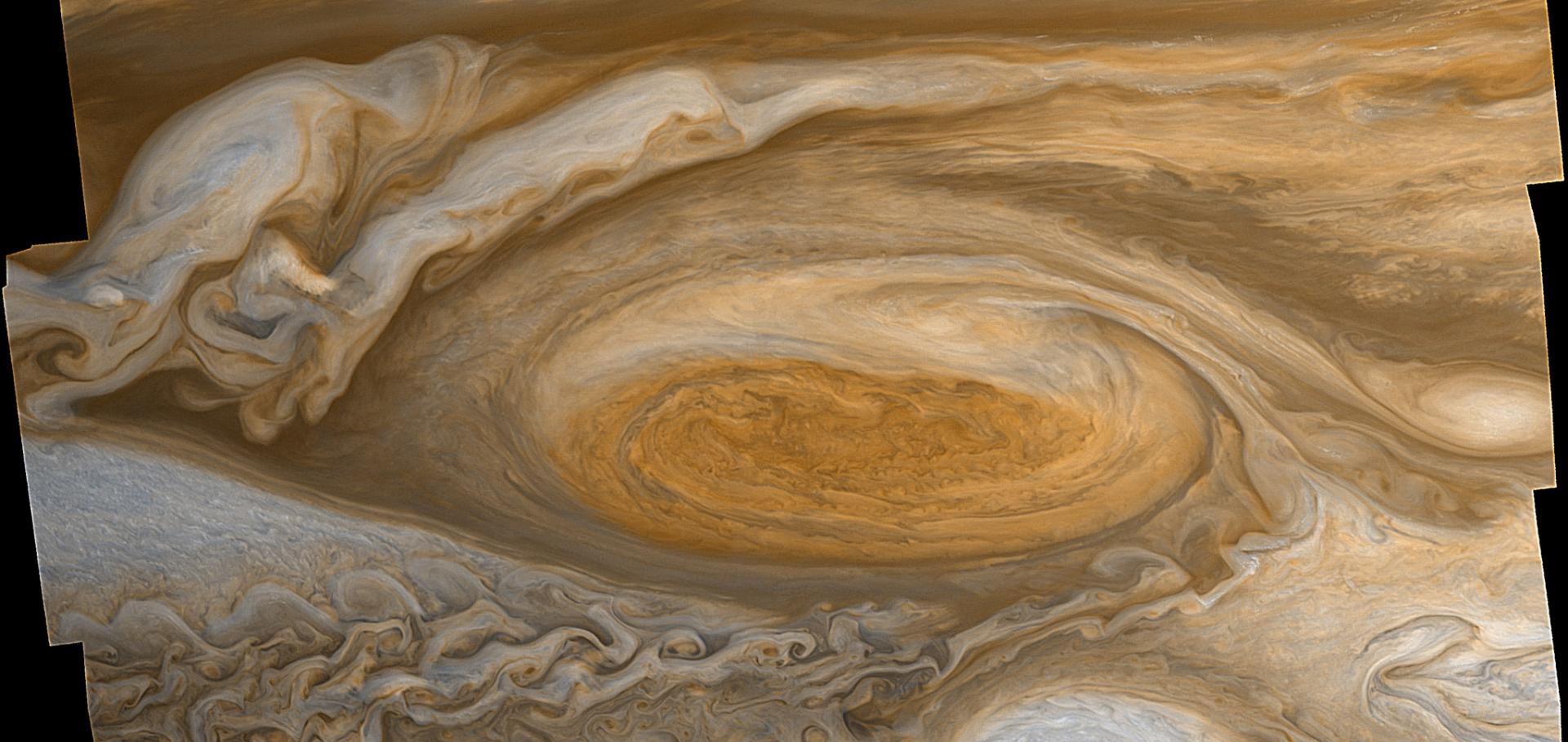A new, fast and flexible radiative transfer method for Venus general circulation models
Planetary and Space Science Elsevier 105 (2015) 80-93
General Circulation of Planetary Atmospheres: Insights from Rotating Annulus and Related Experiments
MODELING ATMOSPHERIC AND OCEANIC FLOWS: INSIGHTS FROM LABORATORY EXPERIMENTS AND NUMERICAL SIMULATIONS 205 (2015) 9-44
General Circulation of Planetary Atmospheres
Chapter in Modeling Atmospheric and Oceanic Flows, Wiley (2014) 7-44
General circulation of planetary atmospheres: insights from rotating annulus and related experiments
Chapter in Modeling Atmospheric and Oceanic Flows: Insights from Laboratory Experiments and Numerical Simulations, American Geophysical Union (2014) 9-44
Abstract:
This chapter focuses on the "classical" thermally driven, rotating annulus system. It reviews the current state of understanding of the rich and diverse range of flow regimes that may be exhibited in thermal annulus experiments from the viewpoint of experimental observation, numerical simulation, and fundamental theory. This includes interpretation of various empirical experimental observations in relation to both linear and weakly nonlinear baroclinic instability theory. The chapter then examines how heat is transported within the baroclinic annulus across the full range of control parameters, associated with both the boundary layer circulation and baroclinically unstable eddies. It considers the overall role of annulus experiments in the laboratory in continuing to advance understanding of the global circulation of planetary atmospheres and oceans, reviewing the current state of research on delineating circulation regimes obtained in large-scale circulation models in direct comparison with the sequences of flow regimes and transitions in the laboratory.The Mars Analysis Correction Data Assimilation (MACDA) Dataset V1.0
Geoscience Data Journal Wiley 1:2 (2014) 129-139


